Car insurance is essential for all drivers, providing financial protection against accidents, theft, and other unforeseen events. Understanding how car insurance works, the different types of coverage available, and how to choose the best policy can help you make informed decisions and potentially save money. This comprehensive guide will cover everything you need about car insurance, from basic definitions to choosing the right policy.
Introduction to Car Insurance
What Is Car Insurance?
Car insurance is a contract between a vehicle owner and an insurance company. By paying a premium, drivers receive financial protection against various risks, including accidents, theft, and damage. This insurance helps cover repair costs, medical expenses, and legal liabilities that may arise from operating a vehicle.
Why Is Car Insurance Important?
Car insurance is crucial for several reasons:
- Financial Protection: It helps cover costs related to accidents and damages, reducing your out-of-pocket expenses.
- Legal Requirement: Most places mandate that drivers have a minimum level of car insurance to operate a vehicle legally.
- Peace of Mind: Knowing you’re protected financially provides peace of mind while driving.
Key Terms and Definitions in Car Insurance
To navigate car insurance effectively, it’s essential to understand key terms:
- Premium: The amount paid periodically (monthly or annually) for insurance coverage.
- Deductible: The amount you must pay out-of-pocket before your insurance covers the rest.
- Coverage Limit: The maximum amount your insurer will pay for a claim.
Types of Car Insurance Coverage
Car insurance policies offer various types of coverage to address different risks. Here’s a breakdown of the most common types:
Liability Coverage
Liability coverage is the most basic form of car insurance and is usually lawfully required. It helps pay for damages and injuries you cause to others.
Bodily Injury Liability
This component of liability coverage pays for medical expenses and legal fees if you injure someone in an accident. It also covers lost wages and pain and suffering.
Property Damage Liability
Property damage liability covers the cost of repairing or replacing property you damage, such as other vehicles or structures. This ensures that you are financially responsible for the damage caused by an accident.
Collision Coverage
Collision coverage helps pay for repairs to your vehicle if it’s damaged in a collision, regardless of fault. This type of insurance benefits those who want protection against vehicle damage from accidents.
Comprehensive Coverage
Comprehensive coverage protects against non-collision-related damage like theft, vandalism, or natural disasters. It complements collision coverage to offer broader protection for your vehicle.
Personal Injury Protection (PIP)
Personal Injury Protection (PIP) covers medical expenses for you and your passengers, no matter who is at fault in an accident. It may also include coverage for lost wages and other related costs.
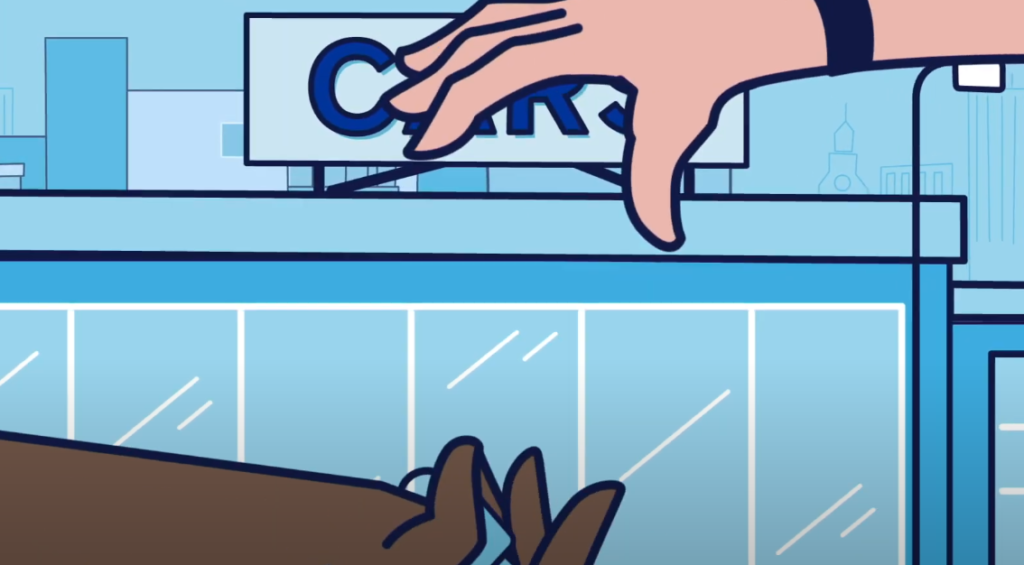
Uninsured/Underinsured Motorist Coverage
This coverage protects you if you’re involved in an accident with a driver with insufficient or no insurance. It ensures you can cover damages and medical costs.
Rental Reimbursement Coverage
Rental reimbursement coverage helps pay for renting a vehicle while your car is being repaired after a covered accident. This ensures you have transportation during the repair period.
Roadside Assistance Coverage
If your vehicle breaks down, roadside assistance coverage provides towing, tire changes, and jump-starts. This coverage adds convenience and peace of mind for drivers.
How Car Insurance Works
You understand how car insurance functions can help you manage your policy effectively.
Premiums and Deductibles
The premium is the amount you pay regularly for your insurance policy. The deductible is what you pay out-of-pocket before your insurance coverage kicks in. Higher deductibles usually result in lower premiums but can lead to higher costs when making a claim.
How Claims Are Processed
When you file a claim, you report the incident to your insurance company, providing details and necessary documentation. The insurer will then assess the damage and determine the payout based on your policy coverage.
Factors Affecting Insurance Premiums
Several factors can impact your car insurance premiums:
- Age and Gender: Younger drivers and males often face higher premiums due to statistically higher risk levels.
- Location and Driving Habits: Urban areas with high traffic and accident rates typically lead to higher premiums. Frequent drivers may also see increased rates.
- Vehicle Type and Usage: High-performance or luxury vehicles and those used for commercial purposes usually incur higher premiums.
Choosing the Right Car Insurance Policy
Selecting the right car insurance policy involves evaluating your needs and comparing options.
Assessing Your Coverage Needs
Determine your coverage needs based on factors such as your vehicle’s value, driving habits, and financial situation. This will help you choose a policy that provides adequate protection without overspending.
Comparing Car Insurance Quotes
To find the best car insurance policy, compare quotes from multiple insurance companies. Look at coverage options, premiums, deductibles, and customer reviews to make an informed decision.
Evaluating Car Insurance Companies
Research car insurance companies’ reputation, financial stability, and customer service. Reliable insurers are more likely to provide reasonable support and timely claim settlements.
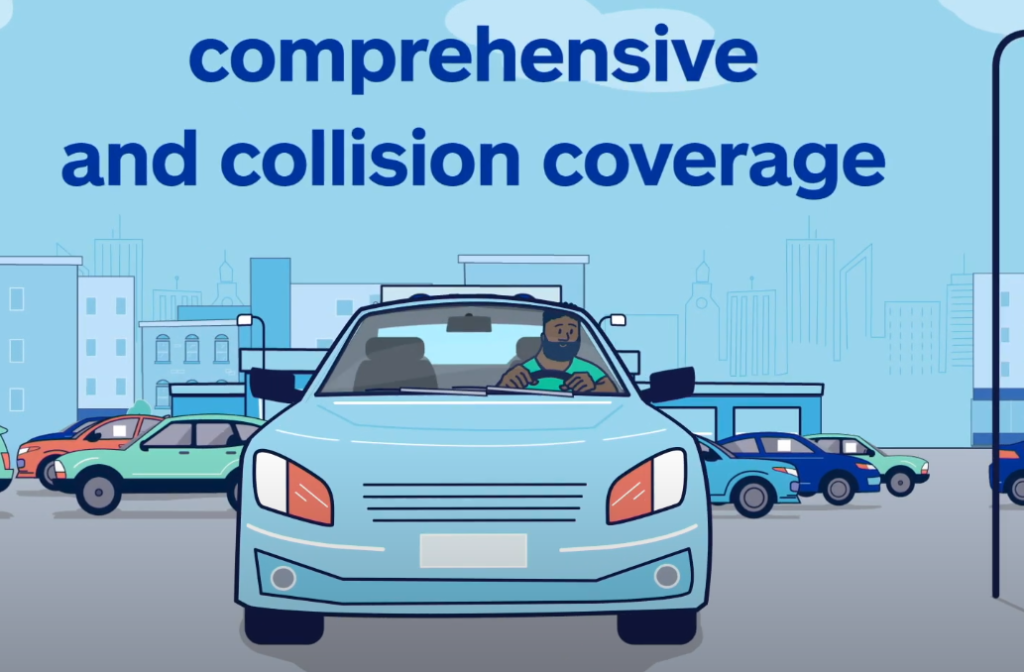
Understanding Policy Limits and Exclusions
Review policy limits to understand the maximum coverage provided and check for any exclusions that might affect your protection. Ensure that the policy covers the risks you are concerned about.
How to Read an Insurance Policy
Carefully read your insurance policy to understand coverage details, exclusions, and terms. If needed, consult with an insurance agent to clarify any points of confusion.
Customizing Your Coverage
Adjust your coverage based on your specific needs and circumstances. This might involve adding endorsements or adjusting limits to align with your requirements.
Table of Contents
Cost of Car Insurance
Understanding the cost structure of car insurance helps in managing expenses effectively.
Average Car Insurance Rates
Car insurance rates vary based on location, age, and vehicle type. On average, drivers can expect to pay several hundred to over a thousand dollars annually for basic coverage.
Ways to Save on Car Insurance
Discounts and Savings Opportunities
Many insurers offer discounts for safe driving, bundling policies, or having certain safety features in your vehicle. Explore available discounts to lower your premium.
Impact of Vehicle Type and Usage on Premiums
The type of vehicle you drive and how you use it can affect your premiums. High-performance cars or those with high repair costs generally have higher rates.
How Your Driving Record Affects Rates
A clean driving record typically lowers premiums, while traffic violations or accidents can increase rates. Maintaining a good driving record helps in keeping insurance costs down.
The Role of Credit Scores in Insurance Premiums
Many insurers use credit scores to determine premiums. A higher credit score may lead to lower rates, while a lower score could result in higher premiums.
Legal Requirements and Regulations
Being aware of legal requirements ensures compliance and helps avoid penalties.
Minimum Coverage Requirements by State
Each state has its minimum car insurance requirements. Ensure you meet these requirements to drive and protect yourself from financial liability legally.
Penalties for Driving Without Insurance
Driving without insurance can result in fines, license suspension, and other legal consequences. Continuous coverage is essential to avoid these penalties.
How to Verify Your Insurance Coverage
Check your insurance coverage regularly to ensure it meets legal requirements and adequately protects you. Contact your insurer if you need to verify or update your coverage.
State-Specific Insurance Laws
Familiarize yourself with state-specific insurance laws to ensure compliance and full knowledge of the regulations affecting your coverage.
Types of Car Insurance Coverage
- Liability Coverage
Liability coverage is designed to cover damages and injuries you cause to others in an accident. It is often required by law and is divided into two main types:
Bodily Injury Liability
This type of coverage helps pay for medical expenses, legal fees, and other costs if you injure someone in a car accident. It can also cover lost wages and compensation for pain and suffering. It’s essential to protect yourself from financial liability in cases where you are at fault.
Property Damage Liability
Property damage liability covers the cost of repairing or replacing property you damage in an accident, such as other vehicles, buildings, or fences. This type of coverage ensures that you are financially responsible for damage you cause to others’ property.
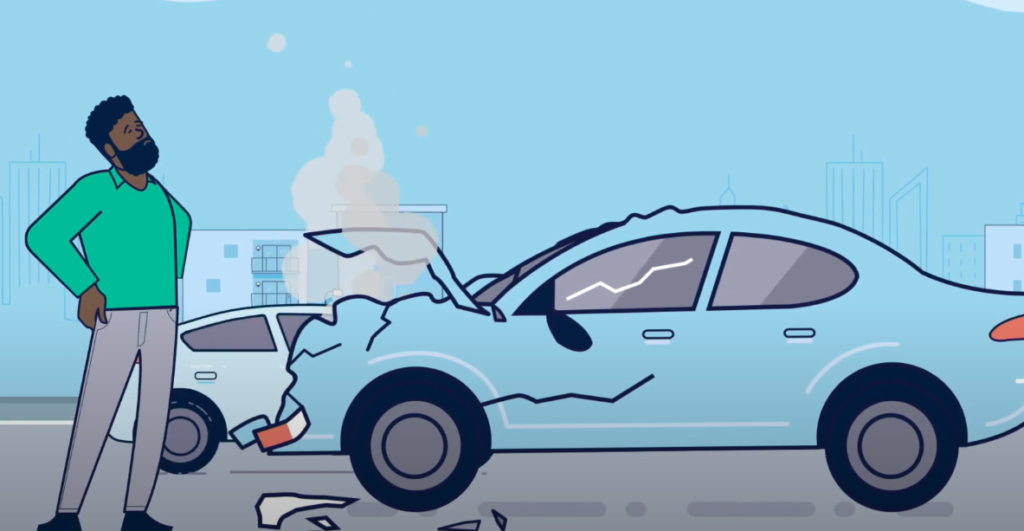
- Collision Coverage
Collision coverage helps pay for repairs to your vehicle if it’s damaged in a collision, regardless of who is at fault. This can include accidents with other vehicles or objects, such as trees or guardrails. It’s advantageous if you have a newer or valuable vehicle.
- Comprehensive Coverage
Comprehensive coverage protects against damages to your vehicle that are not caused by collisions. This includes events such as theft, vandalism, natural disasters, or falling objects. It ensures that you are covered for a wide range of non-collision-related incidents.
- Personal Injury Protection (PIP)
Personal Injury Protection (PIP) covers medical expenses for you and your passengers if you are injured in an accident, regardless of who is at fault. PIP may also include coverage for lost wages and related costs, providing comprehensive support for injuries sustained in a car accident.
- Uninsured/Underinsured Motorist Coverage
This coverage protects you if you are in an accident with a driver with insufficient or no insurance coverage. It helps cover medical expenses and vehicle repairs when the at-fault driver cannot pay for damages. This type of coverage ensures you are not left with the financial burden of an accident caused by an uninsured driver.
- Rental Reimbursement Coverage
Rental reimbursement coverage helps pay for renting a vehicle while your car is being repaired due to a covered claim. This ensures you have transportation during the repair period and can continue your daily activities.
- Roadside Assistance Coverage
Roadside assistance coverage provides towing, tire changes, and jump-starts if your vehicle breaks down or experiences other issues while on the road. This coverage adds convenience and peace of mind, ensuring you are not stranded in a difficult situation.
- Gap Insurance
Gap insurance covers the difference between the amount you owe on your car loan and the actual cash value of your vehicle if it is totaled in an accident. This type of insurance is beneficial if you have a new or financed vehicle and want to avoid financial loss in case of a total loss.
- Medical Payments Coverage (MedPay)
Medical Payments Coverage (MedPay) helps pay for medical expenses for you and your passengers regardless of who is at fault in an accident. It can cover costs such as hospital visits, surgeries, and rehabilitation, offering additional protection alongside other coverage types.
- Custom Parts and Equipment Coverage
This coverage protects aftermarket parts and custom equipment installed in your vehicle, such as custom rims, stereo systems, or performance enhancements. It ensures that these additions are covered in the event of a covered loss or damage.
Tips for Managing Your Car Insurance
Effective management of your car insurance policy helps maximize benefits and minimize issues.
Filing a Claim: Step-by-Step Guide
- Report the Incident: Contact your insurer and provide details about the accident or damage.
- Gather Documentation: Collect necessary documents, such as police reports and repair estimates.
- Submit a Claim: Follow your insurer’s process for submitting a claim, including forms and documentation.
- Follow-up: Contact your insurance adjuster to monitor the claim’s progress.
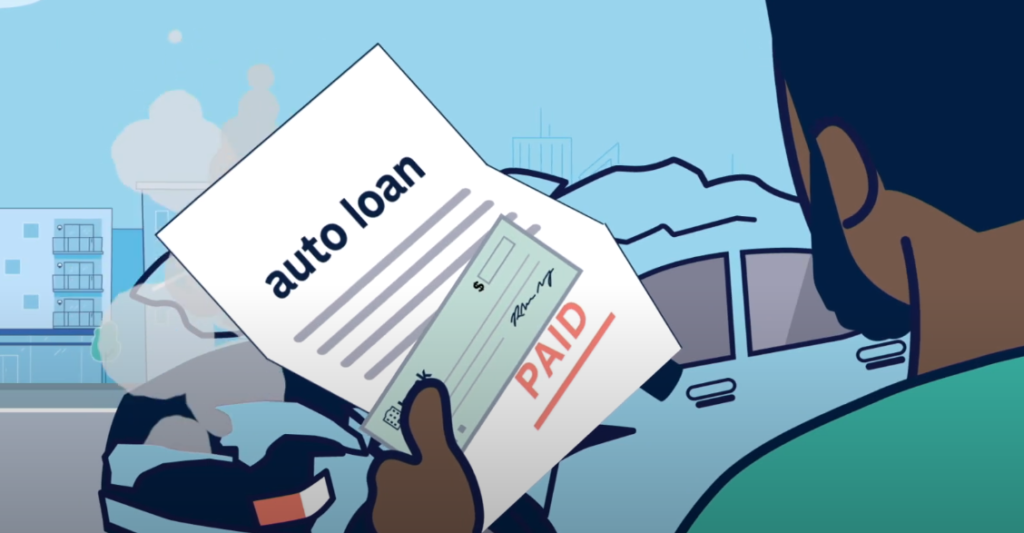
Renewing Your Policy
Review your policy before renewal to ensure it still meets your needs. Compare quotes from different insurers and adjust coverage as necessary.
Updating Your Coverage Information
If you change your vehicle or driving habits, update your insurance policy accordingly. This ensures you have the right coverage and avoids potential issues with claims.
Canceling Your Car Insurance Policy
If you want to cancel your policy, contact your insurer to learn the process and any potential penalties. If you plan to continue driving, ensure you arrange for alternative coverage.
Dealing with Insurance Adjusters
Work with insurance adjusters to address claims efficiently. Provide necessary information and follow their instructions to facilitate a smooth claims process.
Common Car Insurance Myths and Misconceptions
Understanding common myths helps in making informed decisions and avoiding pitfalls.
Myth 1: Full Coverage Means No Out-of-Pocket Costs
Full coverage does not eliminate out-of-pocket expenses. It typically includes liability, collision, and comprehensive coverage, but deductibles and exclusions may apply.
Myth 2: Insurance Companies Always Pay the Full Claim Amount
Insurance companies pay up to the policy limits. Factors such as deductibles and exclusions can affect the total amount paid.
Myth 3: Your Credit Score Doesn’t Affect Your Premium
Many insurers use credit scores to determine premiums. A higher score may result in lower rates, while a lower score can lead to higher premiums.
Myth 4: Car Insurance Is Only for Accidents
Car insurance protects against theft, vandalism, and other non-accident-related risks, depending on your coverage.
Frequently Asked Questions (FAQs)
What Factors Influence Car Insurance Rates?
Your driving record, vehicle type, location, age, and credit score influence car insurance rates.
How Can I Lower My Car Insurance Premiums?
You can lower your premiums by maintaining a good driving record, taking advantage of discounts, comparing quotes, and adjusting your coverage.
What Should I Do If I’m in an Accident?
Immediately contact your insurer, gather documentation, and follow the claims process. Ensure your safety and seek medical attention if necessary.
How Can I Improve My Insurance Coverage?
Review your policy regularly, assess your needs, and make adjustments. Consider additional coverage options if needed.
Conclusion
Recap of Key Points
Understanding car insurance is crucial for protecting yourself and your vehicle. Familiarize yourself with different types of coverage, how insurance works, and factors that affect premiums.
Final Tips for Choosing and Managing Car Insurance
Carefully compare car insurance quotes, evaluate different insurers, and select a policy that fits your needs. Regularly review and manage your coverage to ensure optimal protection.
Encouragement to Review and Compare Policies Regularly
Regularly reviewing and comparing car insurance policies helps ensure you have the best coverage at the most competitive rate. It also helps you stay informed about changes in your needs and market options.
Importance of Regular Coverage Assessment
Assess your car insurance coverage regularly to adapt to changes and ensure continued protection. This proactive approach helps maintain adequate coverage and manage costs effectively.
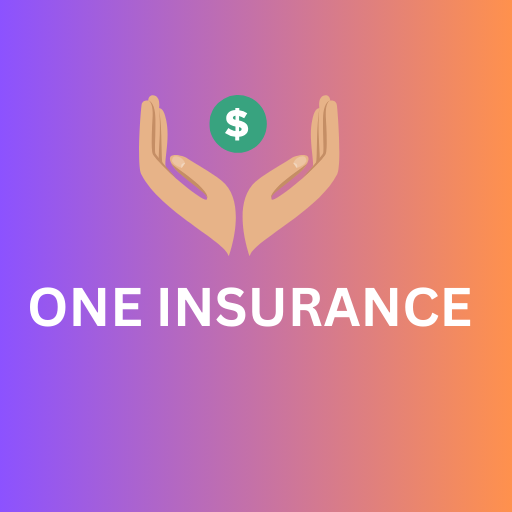
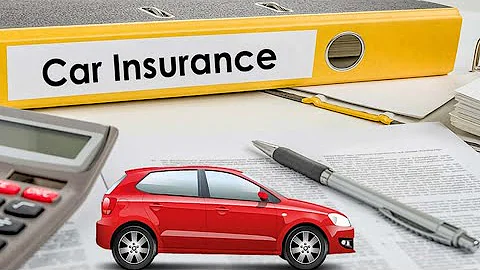
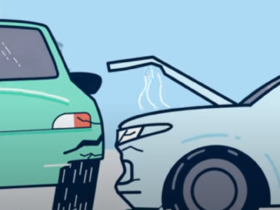


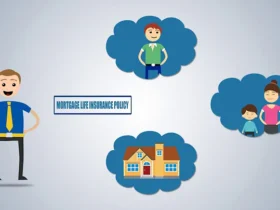



Leave a Reply